6.9 Um den Pudding gehen

Guten Appetit!
Zum Aufwärmen machen wir unseren Tagesminiplausch und eine Wiederholung.
Wiederholung
In the previous lesson, you learned about die warme Mahlzeit. Let’s review what you have learned.
Was isst du gern zur warmen Mahlzeit? What foods might you enjoy for die warme Mahlzeit? There are foods that are common across cultures and some that are more uniquely German. Which foods do you recall? Write them down now in your written journal.
Lektionsüberblick
At the end of a large meal, you may want to go for a walk (which is called a Verdauungsspaziergang = a digestive walk). If you are in Northern Germany, someone may prompt such a walk by saying “Laß uns um den Pudding gehen” (=to walk around the pudding). This lesson will focus on the pudding you eat for Nachtisch (dessert), which is generally served after the warme Mahlzeit. In the end, you will be able to 1) recognize words for Nachtisch and 2) say what you typically eat for Nachtisch.
1) der Nachtisch
It’s time for many people’s favorite part of the meal: der Nachtisch! Read and listen to the desserts below, designed to make you crave something sweet.
Jetzt bist du dran!
Österreich im Blickpunkt

Der Kaiserschmarrn ist eine verfeinerte Form des Schmarrns, der in seiner Zubereitung dem Palatschinkenteig (Pfannkuchen) ähnelt. Schmarrn bezeichnet eine Gerichtszubereitung, bei der die Ausgangsmasse grob in kleine Stücke zerteilt und durchgemischt wird. Kaiserschmarrn zählt zu den bekanntesten Süßspeisen der österreichischen Küche. Er wird oft mit Zwetschkenröster serviert. Der Name leitet sich von Kaiser Franz Joseph I. ab. Die Süßspeise wurde erstmals 1854 der österreichischen Kaiserin Elisabeth serviert.
Kaiserschmarrn is similar to pancake in its preparation and is a refined form of the Schmarrn. Schmarrn is a food preparation, in which the dough is cut into large pieces and mixed. Kaiserschmarrn is one of the most well-known Austrian desserts. It is often served with a kind of plum compote. It is named after the Austrian emperor (Kaiser) Franz Joseph I. The dessert was first served to the Austrian Empress Elisabeth in 1854.
2) Ich esse … zum Nachtisch.
Was isst du zum Nachtisch? What do you eat for dessert? Read and listen as the characters below say what they eat for dessert. Then answer the questions that follow.
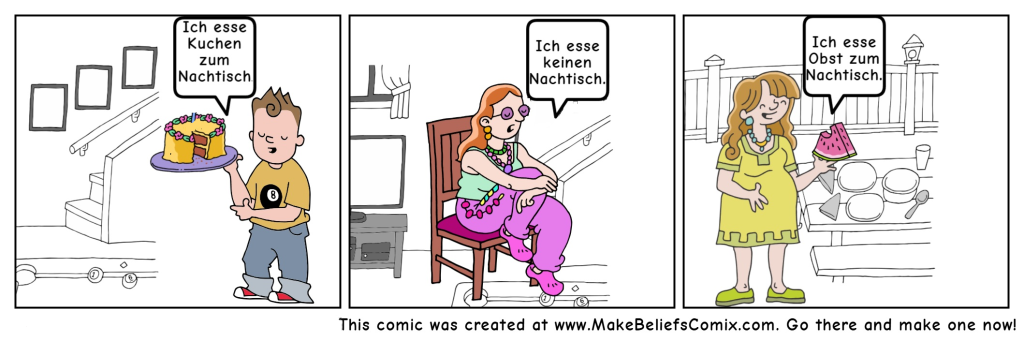 |
Let’s practice.
Jetzt bist du dran!
Zum Schluß
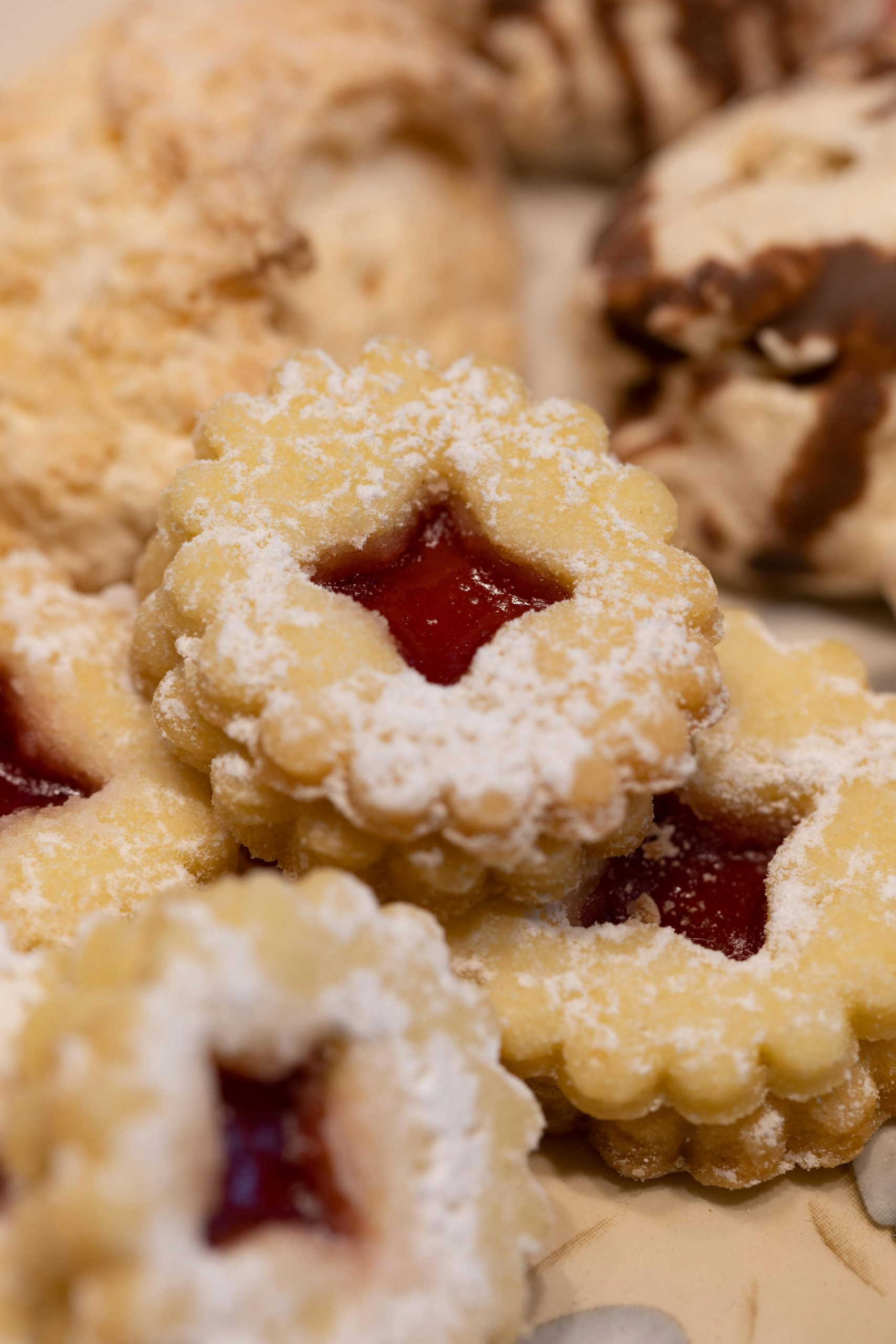 |
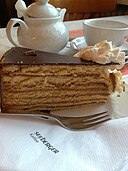  |
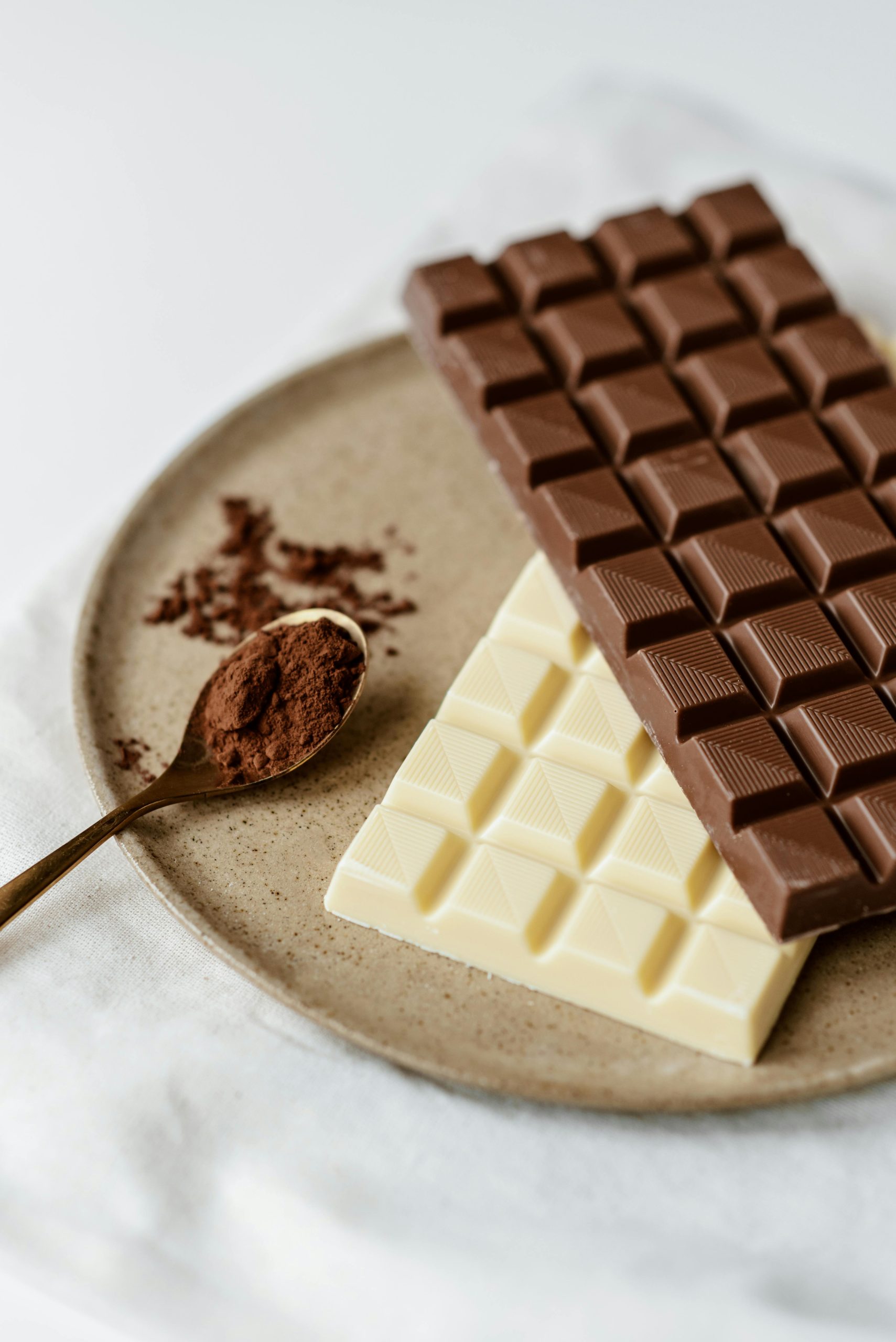 |
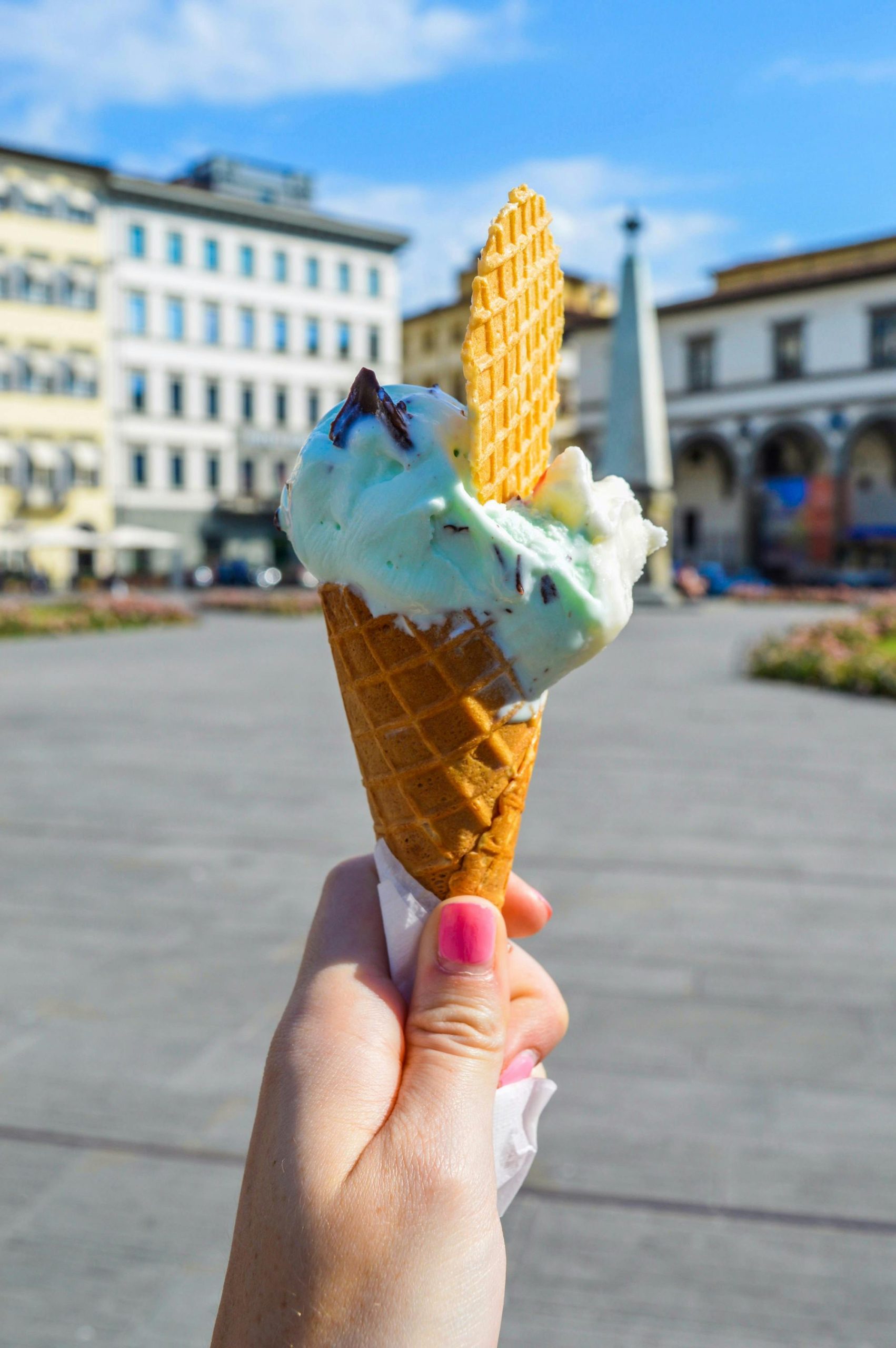 |

*As you conclude this lesson, don’t forget to check Canvas!*

Media attributions
- Kaiserschmarrn and Schmarrn text adapted from Wikipedia, licensed under a CC BY-SA 4.0 International License.

